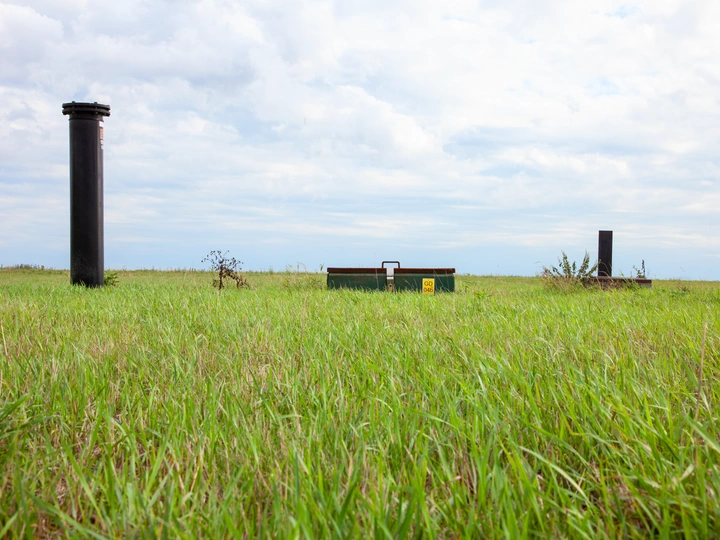From Centre to Periphery – How to Hide a Mountain

I am a designer and researcher, whose practice is characterised by a research and site-responsive approach resulting in a range of multi-media based outcomes. My focus lies on post-natural landscapes such as landfills that I reframe as land bodies. This work has been translated into a lecture performance, documentary photography, artistic publications. A second area of interest are more-than-human relationships. One centres on species with invasive behaviour (SOLIDAGO) in Switzerland. A second project foregrounds plants as agents and lenses into complex ecosystems in slow decay, such as Salicornia in the Venice lagoon marshlands. It further features human agents that promote resistance and acts of regeneration in the Venice Lagoon (RACCOGLIERE Magazine).
I have presented these projects at conferences (Uncertain Landscapes 2023, Portugal; Counterparts 2022 organised by Swiss Design Network, Zürich) as well as received Stimuleering funding to continue my work on landfills in the Netherlands. An excerpt of my thesis on the legacy and future of post-natural landscapes will be published in a renowned architecture journal in summer 2024. Another excerpt has been published with UnrulyNatures. My work as a publication designer has been awarded and shortlisted.
In 2016, I founded the design & research studio Peak15 to work with researchers resulting in exhibitions and publications to publish their work to wider audiences. Collaborations with Institutions and Universities have led to publications and two travelling exhibitions in Scotland (on Scottish Housing policies) and a recent one on misinformation in the upcoming super election year 2024 shown in Germany, Netherlands and Brussels. I recently graduated from a second Masters in Geo-Design at the Design Academy Eindhoven (2023).
How to Hide a Mountain investigates the role of landfills and their entrenchment within contemporary waste management, despite representing an antiquated disposal method. Constructed ever further on the periphery, they have come to signify the “geospatial other”–destined to receive the residues of incineration, recycling, and hazardous waste streams, which to this day necessitating the landfills' existence. Mostly, their histories are safely detached from their producers. At best, these post-natural landscapes are covered with a blanket of soil thus making it easy to grasp how one might acclimatise to them. By deconstructing the landfill’s engineering mechanisms and cultural narratives—such as the concept of throwing ‘away’—the research offers insights into the spatial and mental construction of detachment that modern economies rely on.
This project started as a second Master (awarded “Best Thesis”)–an excerpt will be published within a renowned architecture journal soon. Field research, such as photography, sound recordings and interviews with waste management firms, scientists, took me from standing within a hazardous waste landfill in Belgium, to meeting the ‘caretakers of the mountains’ in the Netherlands, and walking on the edges of a future Swiss landfill receiving the residues of recycling that is currently a local forest.
I am working on a proposal for a mobile archive that maps all known Dutch landfills (funded by Stimuleering) for the Soil Museum Wageningen. Further, I am interested in the history of sites, for which elderly locals will be interviewed, but also the imaginaries of a younger generation, who have become more detached from this »geo-spatial other«. My counter-narrative seeks to offer a different reading of the landfill and their inherent contradictions on the alleged periphery.
I wish to expand the project to work with other Lina members and affiliated institutions to work on this topic and communicate this body of work to wider audiences.